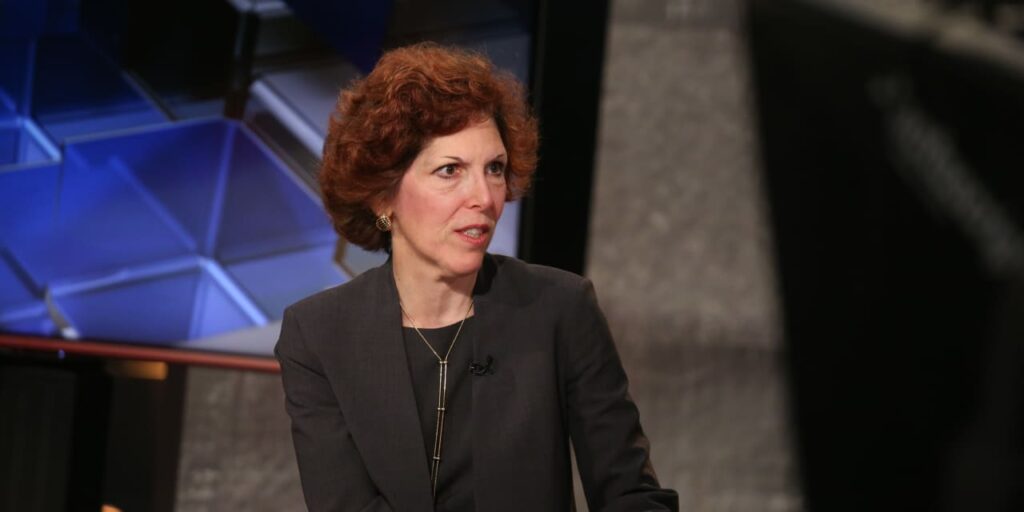Interest-rate policy is in a “good place” at present and can move in either direction based on how the economy evolves, Cleveland Fed President Loretta Mester said on Wednesday.
The economy could move in unexpected ways, Mester said, in a speech at Loyola University Chicago. If it does, “monetary policy will need to be nimble and respond appropriately to the evolving outlook and to the risks to achieving both parts of our dual mandate. I believe the current level of the funds rate positions us well to do that,” she said.
Traders in derivative markets expect the Fed to hold rates steady at their next meeting on Dec. 12-13. Mester’s comments seem to fit well with those expectations.
Markets also expect rate cuts next year. As a result, the 10-year Treasury yield
BX:TMUBMUSD10Y
has fallen to 4.29%.
In her remarks, Mester didn’t mention cuts.
“Whether the fed funds rate needs to go higher than its current level and for how long policy needs to remain restrictive will depend importantly on whether the economy is evolving as expected, how the risks are changing, and the progress being made on our dual mandate goals of price stability and maximum employment,” she said.
Mester will be a voting member of the Fed’s interest-rate committee next year. She announced earlier this month that she will step down from her post when her term runs out in June.
The bulk of her remarks dealt with how the Fed grapples with financial-stability concerns.
Fed Chair Jerome Powell has said the Fed will conduct its five-year review of its interest-rate policy framework in late 2024.
Mester said the Fed should use that review to explain how it sets interest rates while at the same time ensuring a stable financial system.
The revised framework “should clarify the strategy for handling the interactions between monetary policy and financial stability policy, shedding more light on how the FOMC takes into account the potential impact of monetary policy on financial stability risks and how those risks influence the Committee’s monetary policy decisions,” Mester said.
Mester said the Fed’s stress test of the biggest banks “should be redesigned with an eye to making them a more effective countercyclical capital tool so that banks would need to build up their capital buffers when they are better able to do so.”
In addition, the Fed should start to use its countercyclical capital buffer which would require banks to hold more capital during periods of high credit growth, Mester said.
Read the full article here











